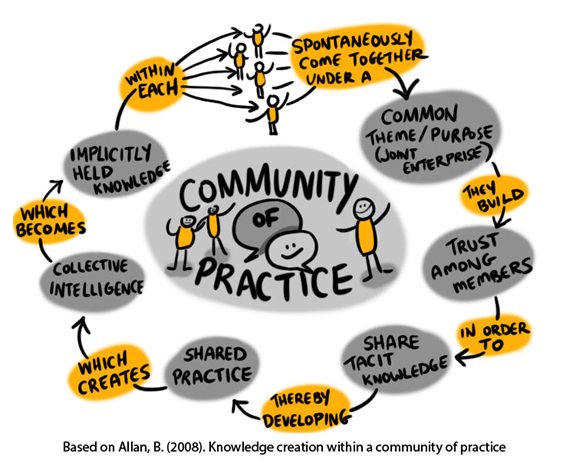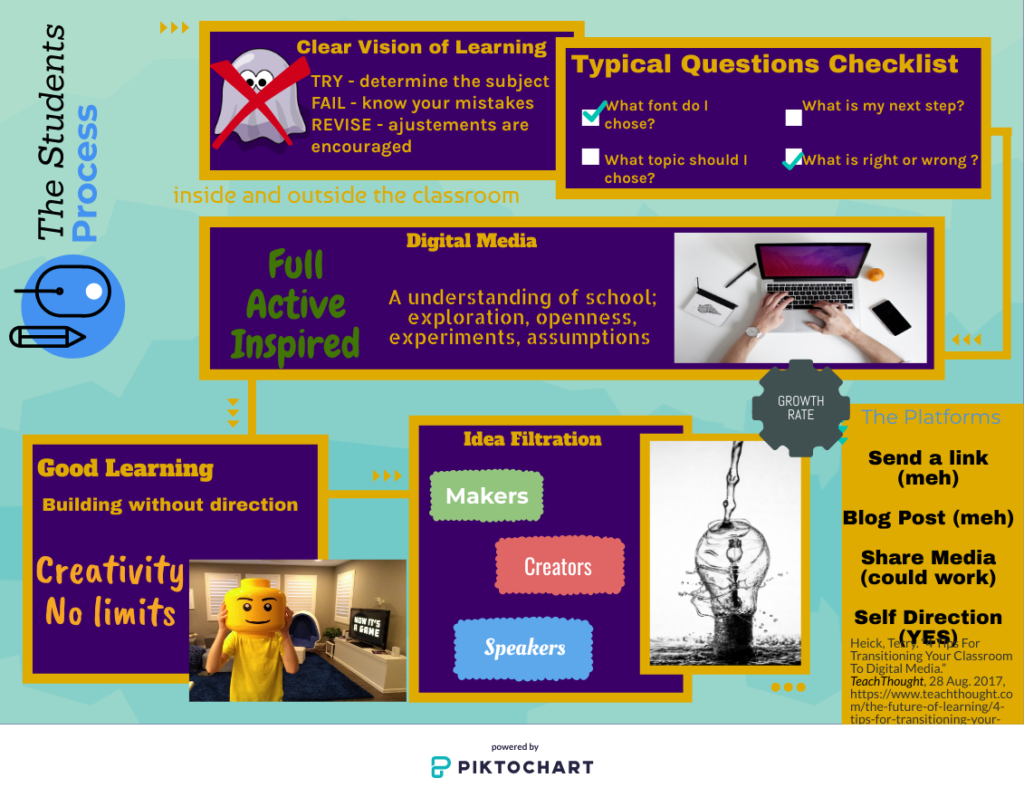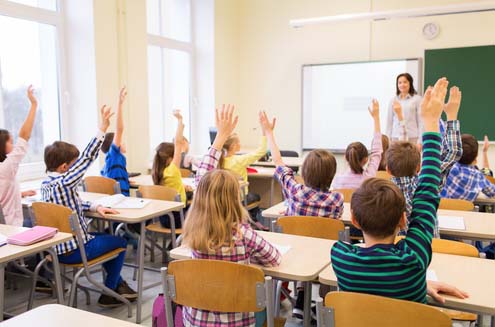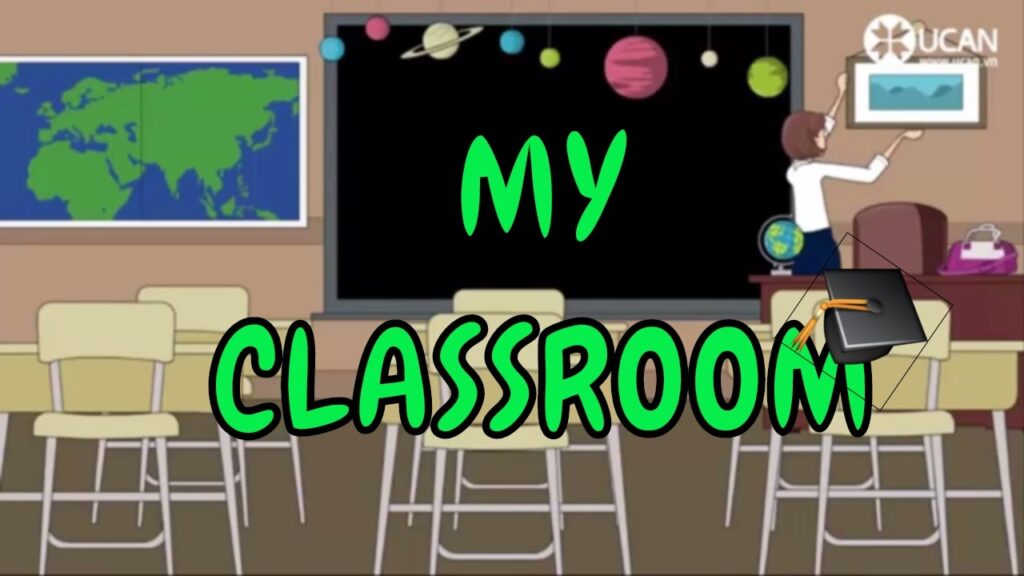Join the conversation by using the colloborator module
As educators were constantly on the rise of exploring new things not only to better our knowledge but to extend and grasp the knowledge of our students. We all have different skills to offer and different literacies that were going to learn. From a pedagogical point of view, it’s very important to have that open education for everyone. With the collaborator module we can do just that. This module gives not only educators but individuals with the same interest the chance to join this sort of network and collaborate on new information. Having this technology and social media platforms give the creation of PLN’s.
A PLN stands for Personal Learning Network. A network is based on different sorts of resources all coming from one center we can call it and they telecommunicate between each other to collaborate. There’s this really good book written by David Weinbergur called “Too Big to Know: Rethinking Knowledge Now That the Facts Aren’t the Facts, Experts Are Everywhere, and the Smartest Person in the Room Is the Room” and in his book he explains that as our society is changing were moving away from just getting these answers from books but more towards using these platforms and connecting with educators to get answers. David adds that now on these platforms we now have no limits to search.
As we examine this topic of collaborating on information there are two different ways to do so; as someone who is looking to join the conversation on a specific topic that’s called being a participate but we learned from our Powtoon that we can also build our own PLN to create a new conversation on something we feel everyone should know about.

According to the Online Learning and Distance Education Resources; Wenger explains three concepts when talking about PLN’s “Domain: a common interest that connects and holds together the community. Community: a community is bound by the shared activities they pursue (for example; meetings and discussions) around their common domain and thirdly Practice: members of a community of practice are practitioners; what they do informs their participation in the community; and what they learn from the community affects what they do”
A common platform that is on the rise for educational purposes is Twitter, this platform is the fast and efficient social media to update on our personal life. On Twitter, we are able to follow other accounts, like, retweet, tweet, and quote a tweet that we need on our timeline. By using any kind of hashtag, we are about to classify different types of conversations that millions of people are talking about around the world. For educators this platform is perfect because we are able to connect on different topics and with the video by Alec Couros “Using Twitter Effectively in Education” were able to learn more about this.




